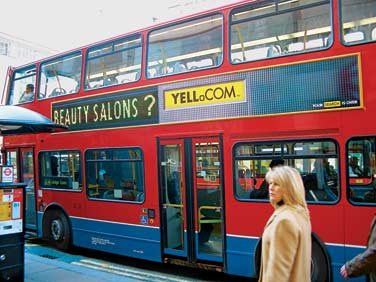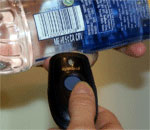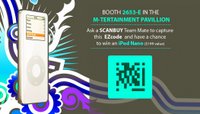 Latest phones inform on groceries
Latest phones inform on groceries: "Latest phones inform on groceries"
the near future, Taiwanese consumers will be able to use their camera phones to give the tomatoes being sold in grocery stores a background check.
All they have to do is take a snapshot of the matrix-type Quick Response Code glued to the veggie, and the tomato's history - from the day it was planted and the way it was cultivated to the day it was picked and delivered to the store - would be displayed on their handset screen.
Those who want more information about those tomatoes only need to click on one button, and they will automatically be directed to the tomato farmer's mobile Web site.
"This is already happening in Japan where the QR Code is widely used," said Jan Nilsson, president of Far EasTone. "We hope the QR Code will be just as broadly used here."
Measuring about a couple of centimeters square, the QR Code is, in several ways, more superior than the conventional barcode. Unlike the barcode which can only store a small amount of data, the two-dimensional QR Code can store up to 4,296 characters, is equipped with an encryption and security code, is capable of 360-degree scanning, and facilitates one-click access to wireless Internet, said Nilsson.
Hoping to give its wireless services a boost, mobile telecom operator FET yesterday unveiled its first QR Code-enabled handset, the Sharp WX-T91. Users could use their Sharp phones to scan the QR Code provided in the FET wireless Internet service guide and quickly load the Web pages that they wanted. In addition to the Sharp handset, FET will also be introducing i-mode QR Code-enabled mobile phones in the third quarter of this year, the mobile operator said.























